Rudolf Svoren - a man of legend (the author of the book "Electronics step by step"). Part 2
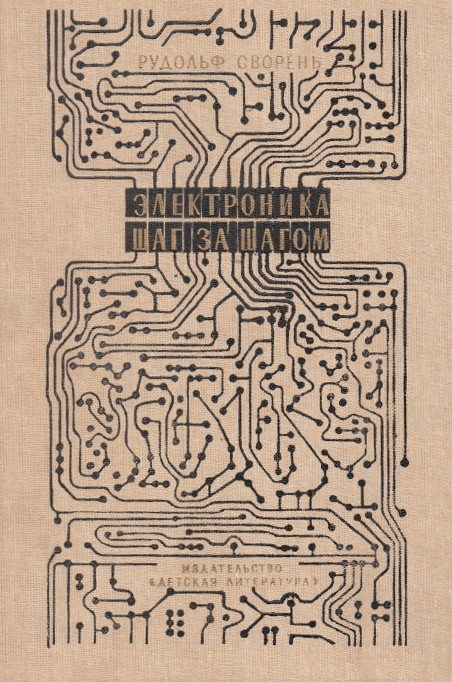 " Knowledge is power " is a well-known phrase ("Knowledge is power") is no less significant today.
" Knowledge is power " is a well-known phrase ("Knowledge is power") is no less significant today. Knowledge determines the professionalism and value of the employee, the success of the company, the level of development of the state and, ultimately, the capabilities of all mankind.
Teachers, books are the main strength of knowledge, but their success depends on the chosen strategy and on the very style of explaining educational material.
')
I think many have met with the fact that the complexity and incomprehensibility of explanations, as well as the approval of memorization, cramming, leads pupils or students to a persistent rejection of the subject itself. At the same time, you often meet teachers and authors of books who are so capable of submitting material that it is perceived easily, one might say, with joy. The knowledge gained in this case quickly finds the way to practical application.
Books and articles by Rudolf Sworen have the amazing ability to explain complex things in an accessible and understandable language, which is why they are so loved and appreciated. Here are some quotes:
“The book is rare and excellent in content and manner of presentation. Rudolf Svoren out of competition. Wonderful pictures of Frolov complement the text and fascinate even more. Son will grow up, be sure to print for him. Sorry, now these books are not done in principle. "
Approximately the same assessment is made of what Rudolf Anatolyevich Svoreny, who for more than 40 years was an editor and author in the journal Science and Life, did.
“I enjoyed reading Svorenya’s publications in Science and Life for many, many years. Somehow he felt the line between “simplicity of presentation” and “primitiveness of presentation”. Even being already completely "educated", it was interesting to look at a long-known thing, as if from the side, through the eyes of a kid. And you understand that if this article came to you in adolescence, then you would understand everything it says! ”
Unfortunately, there is very little information about this remarkable person, so we would like to fill this gap with the publication of memoirs from Rudolf Anatolyevich (the first part ). And we also plan to organize the reissue of the classic book “Electronics step by step” (about this at the end of the article).
The second part of Rudolf Anatolyevich Svoreny’s memoirs and his plans (published for the first time) :
My transition to the editorial board of [Radio magazine] coincided in time with the unprecedentedly rapid progress of radio electronics - there appeared and carried out a revolution in the circuitry of serial transistors, and soon their high-frequency and rather powerful types. The centimeter and decimeter ranges were widely mastered. New technologies for the production of transistors, and then integrated circuits were created - it’s enough to remember that for several years already integrated circuit-sized circuits, each of which has up to three billion (!!!) complex parts of precisely connected parts, have been produced. But in order to get a billion grains of sand, you need to collect 6 thousand bags of sand. Note that all this latest technology was produced, as they say, without a human hand touching - it was made and checked by automata.
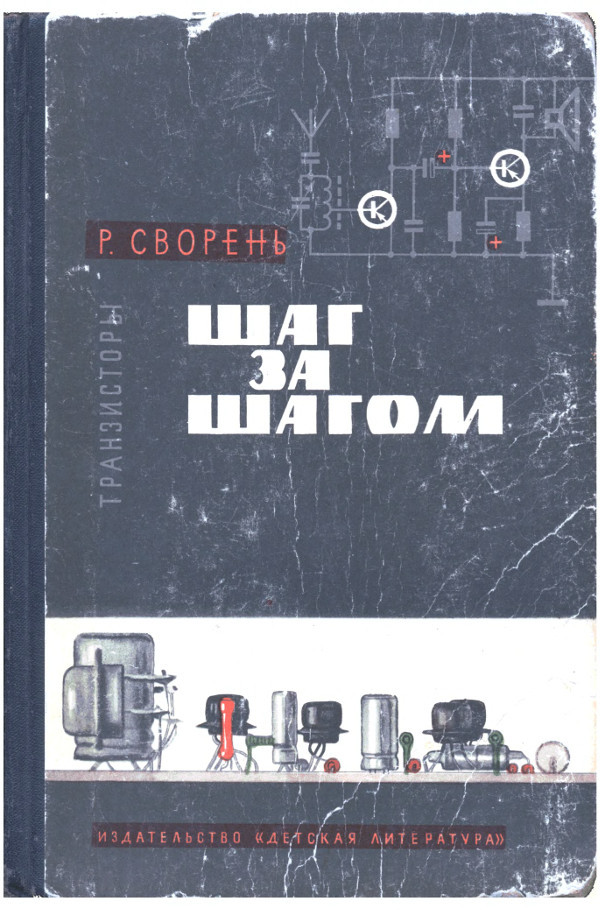
I think it was not only the question that arose before me in those years - how to introduce people to this flurry of new electronics. When to talk about her? What exactly? How much detail? I could not answer these questions because I could not understand the situation. I could not figure it out, but for some reason the decision was correct - I began to write children's books on the basics of electrical and radio engineering. The first two books were published in 1963 - I was then 36 years old. These books were completely different, but the main character was the same - the radio. First, by studying it, the young radio amateur became a professional. And secondly, he could do for free with his own hands what he had to pay for in the store. Every amateur probably remembered the happy moment when the first receiver he had assembled almost immediately spoke or started singing.

But books on the basics of electrical engineering and electronics are not a quick matter, I have been studying them for 50 years and the last of these books, Electricity Step by Step, was published in 2012.

In total, I wrote and released 13 large books (including two translations into other languages and one book written in collaboration), their total circulation is more than 8 million copies. At the same time, the relatively slow creation and publication of books had practically no effect on the turbulent events in personal and business life. Under the influence of my growing interest in many different areas of science, I left Radio magazine and lived in a free journalist mode for several years. Published in newspapers and magazines "Izvestia", "Week", "Pravda", "Komsomolskaya Pravda", "Technique of Youth", "Evening Moscow", "APN" and many others. However, the moment came when the merits of free life ceased to cover its shortcomings and in 1964 I returned to work in a stable journal - this time to the Science and Life magazine, which was considered at that time to be the leader of all popular science publications.
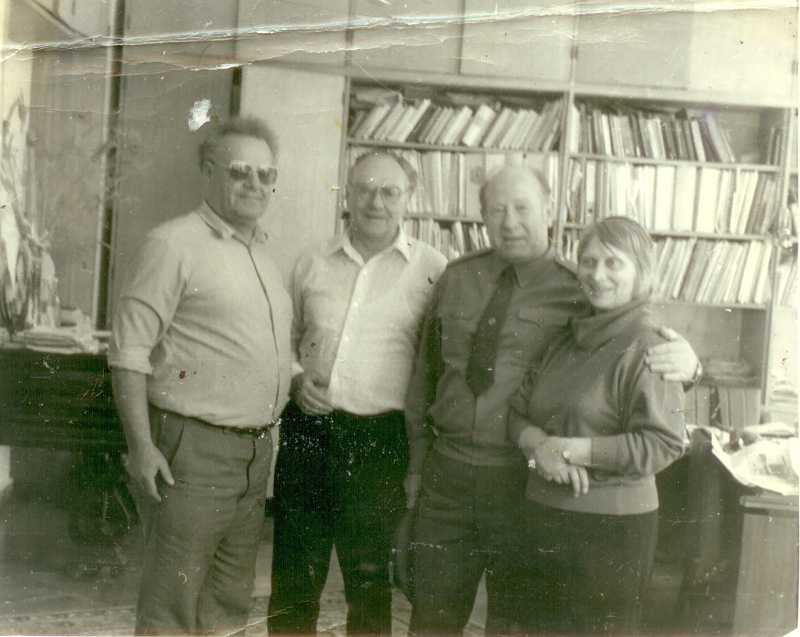
Twice Hero of the Soviet Union, USSR Pilot-Cosmonaut Alexei Arkhipovich Leonov visiting the editors of the Science and Life magazine - Editor-in-chief Igor Konstantinovich Lagovsky (second left), his deputies Rada Nikitichna Ajubey and Rudolf Anatolyevich Svoreny (1969).
For several years in this journal I have been in charge of several leading departments, the department of physical and mathematical sciences for the longest time. Twenty years later, I was approved as a member of the editorial board and soon appointed deputy chief editor. Here I didn’t have free time at all - anyway, I participated in the preparation of each issue entirely and twice read each issue through. It would probably have lasted until full retirement, if not for one extraordinary event - in April 1999 I left for the United States without any understanding whether I would return. I left because I was very sick, my heart practically did not work - I could not walk even ten steps so as not to stop and take a break. And the open-heart operation assigned to me — the replacement of the heart valve — was not done in our hospitals. My condition deteriorated sharply after the beloved wife Catherine passed away due to incurable oncology.
But let's not recall the negative details, a month after arrival, I already lived in a nice apartment in the small town of Malden, which was part of Greater Boston. And two months later (after the operation) I returned to the life of a healthy person and began to actively develop a problem that I previously could only occasionally think about because of the lack of free time.
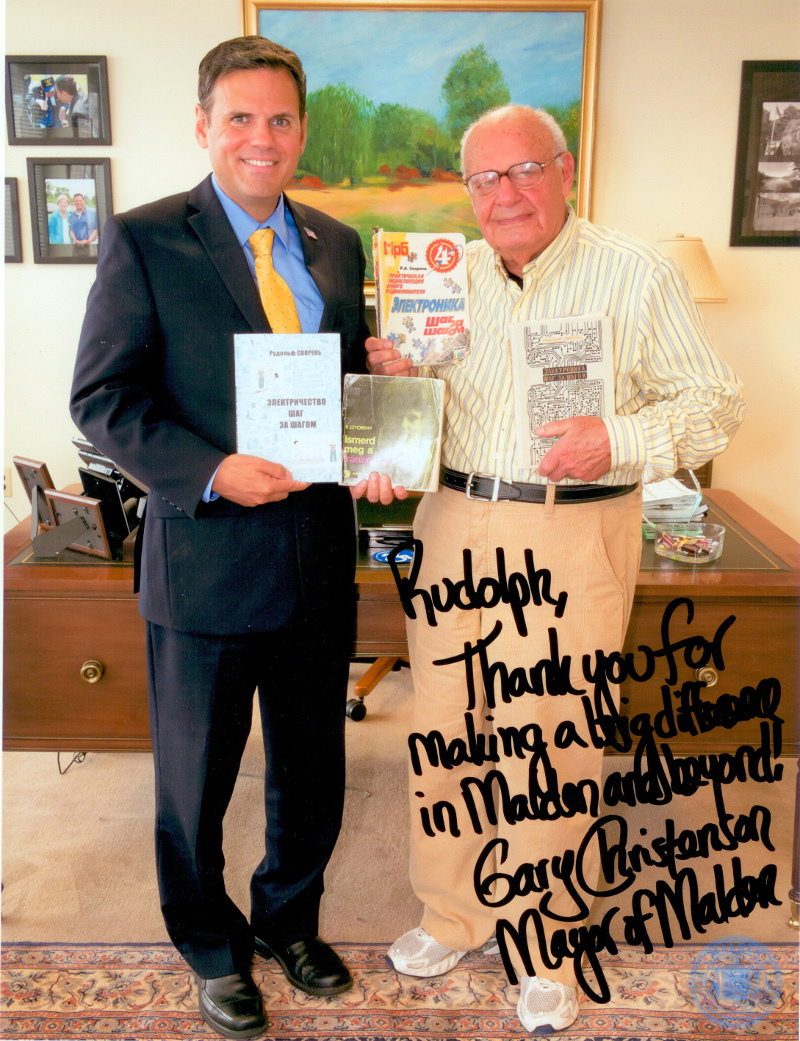
Rudolf Svoreny at the reception at Gary Christiansen, mayor of Malden (part of Greater Boston, USA) (2015).
This problem could be called “The creation of a new system of secondary education”. A typical example of such a system can be called our current Russian high school from the 1st to the 11th grade. Its task is to help the student to create an idea of the world in which we live, to create, as it is often called, a picture of the world. This is done by studying individual school subjects, for example, biology, chemistry, history, geometry, grammar, and others - from this, then, the picture of the world is formed. But it often happens not very successfully - as a rule, 70–80 percent of schoolchildren do not receive knowledge in school that teachers and textbooks would like to give them. At the same time, students are often overloaded with classes and very tired. Look, for example, the current textbooks of biology or chemistry - it’s just scary that students should know all this. Moreover, all these problems exist in the schools of many countries, in particular, Russia and the United States.
It seems to me that the time has come for serious changes in secondary education, which will relieve him of the current shortcomings. Of course, professional teachers should create and discuss the education system, and even more so the changes in it, but I will also make a few comments on this. Firstly, all school time should be divided into two approximately equal parts - the 1st and 2nd parts of the secondary school system - 1 SSSU and 2 SSSHO. Part 1 of the SSSO is given to shaping a picture of the world, and part 2 of the SSSO in-depth study (in small groups) of what is needed in a future profession or for admission to the institute.
Being engaged in a school problem, I first of all tried to write an educational book “ The most important thing is to understand the most important thing ” (in abbreviated form the book “The most important thing ...”) for SSSHO, that is, to create a picture of the world. The book "The most important thing ..." should be such that every schoolchild can easily read it even without the help of a teacher. While I got a huge manuscript of 1500 pages. To add it, edit it, divide it into 10 - 12 small books and complete it with illustrations will take a long time, I think 5 - 6 years. I didn’t postpone everything else and immediately start working so long, I began to prepare an experimental edition of 6 relatively small booklet letters (50 pages of text and about the same page of illustrations in each) with the general title “The world is very simple”. Some of these letters are ready and I hope to complete this work in 2 years. I hope that 2 years will be enough to change and improve some quite good recent my books on electricity and electronics. And, finally, two years will pass to organize the production of simple designers for radio amateurs, possibly using the first books about receivers.
As you can see, there is an action plan and what is useful for people can be made quite understandable. The only thing that gives reason for reflection is that after about a year I will (at least should be) ninety years.
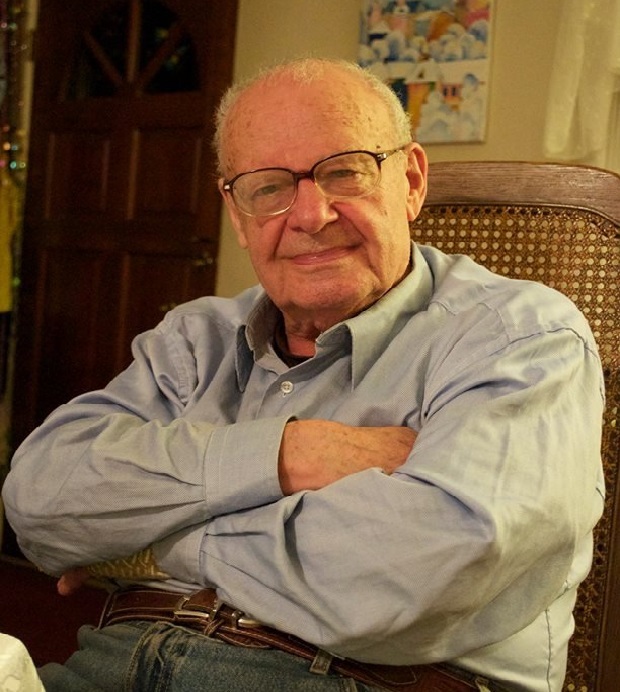
R.A.Svoren, 2016
Photos from the personal archive of RA Svorenya
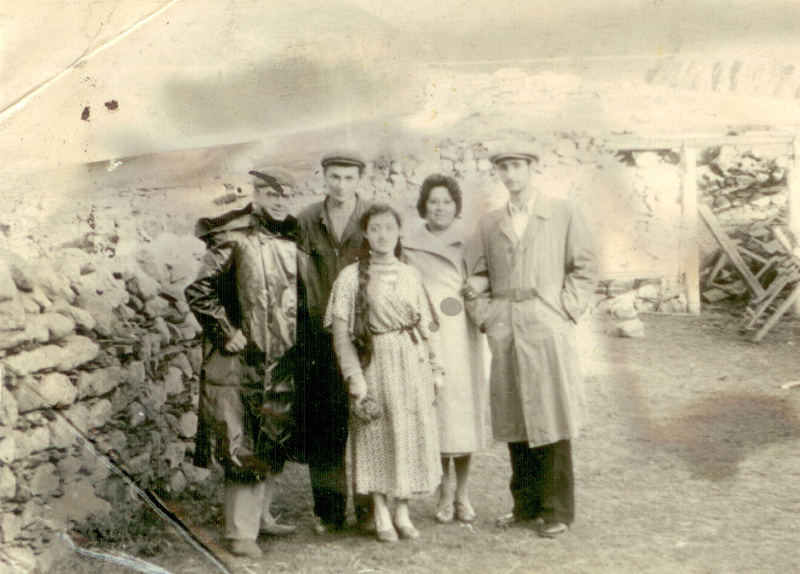
At noon, three Caucasian villagers visiting Tbilisi - two young mountaineers and one young lady from the same village - with the help of their fellow countrymen, became fellow passengers of the Moscow Moskvich journalist Rudolph (left) and his wife Katerina (second from right). By evening, the frisky car brought the whole company, so to speak, home - to a small village in the foothills of Elbrus, where three Caucasian travelers live and work. The next day (see photo), hospitable hosts saw off Muscovites on a further journey along mountain roads - to several schools in the area of the city of Stavropol, in which students actively studied electronics and prepared for a meeting with the author of their educational books. Such contacts, by the way, are useful not only to readers, but also to writers, creators of books. In the process of such contacts, writers get an unfocused, personal view of the world in which we live, of its people, of the difficulties they face, and how they can effectively contribute to overcoming these difficulties (1961).
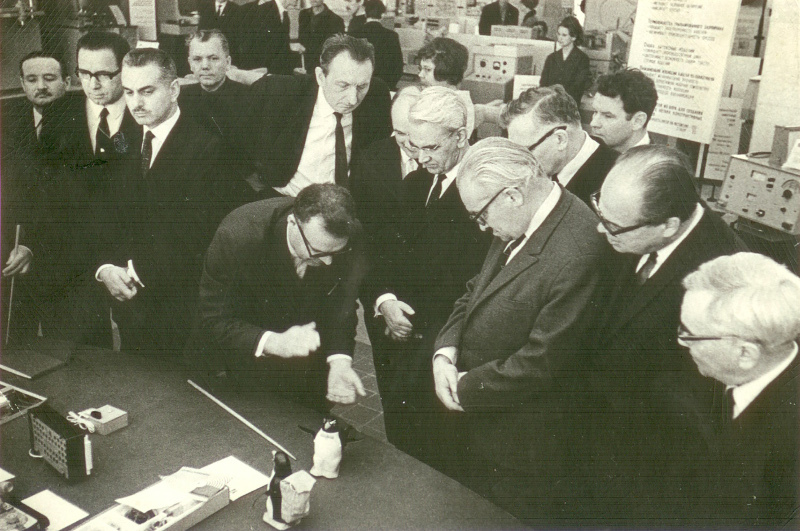
Famous scientists of the country and the world academicians M.V. Keldysh, V.A. Kotelnikov, N.G. Basov, A.M. Prokhorov and others, head of developers R.A. Svoreni demonstrates electronic toys created by his design group, controlled by sound pulses (1970).
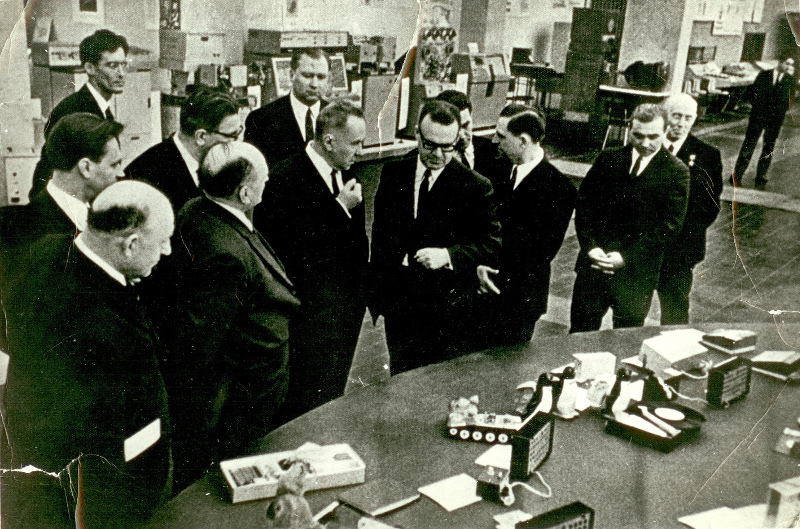
The big exhibition, which tells about the development of different areas of Soviet electronics, was visited by the Chairman of the USSR Council of Ministers Alexey Nikolayevich Kosygin (head of government of the country). He, unexpectedly for some, spent a lot of time at the stand of electronic designers and toys, and talking with the head of developers R.A. Sorenem, noted the great potential of radio amateurs in promoting the progress of technology (1970).
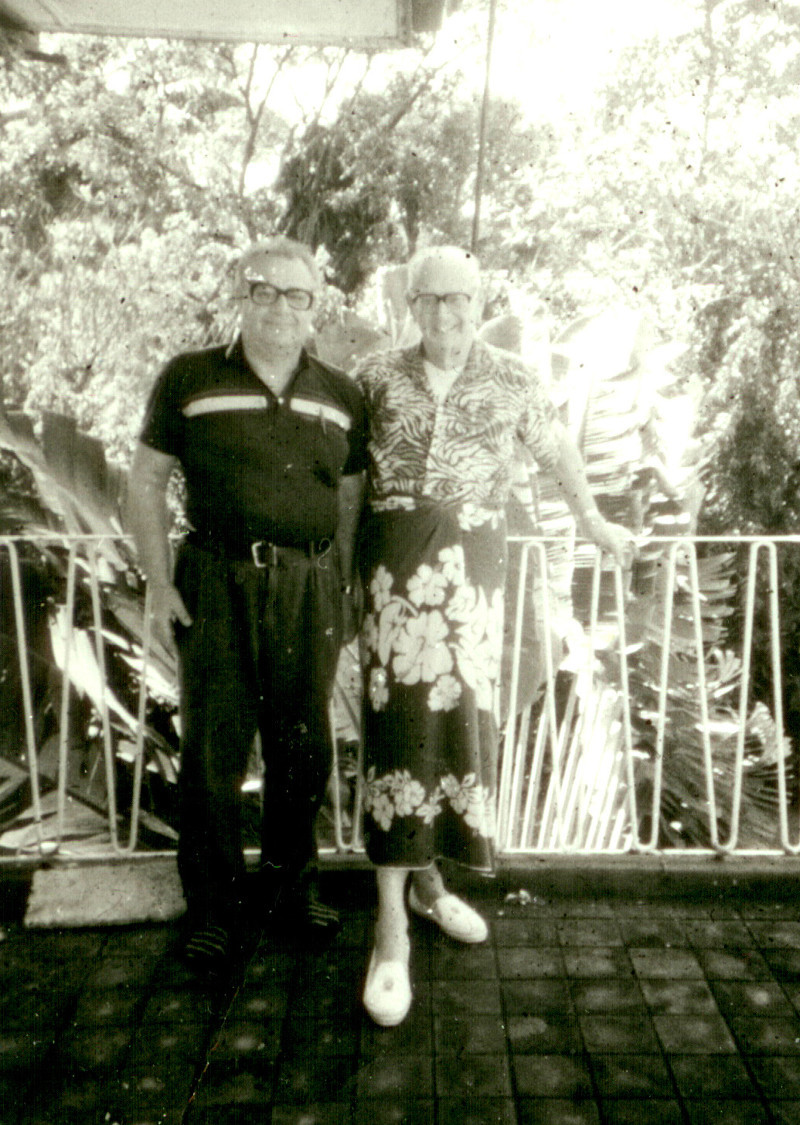
Meeting on the other side of the globe - on a visit to Sri Lanka (Ceylon island, near the southern shores of India) with the famous English writer Arthur Clarke, who has lived in this country for more than 50 years (1989).
Photos from the personal archive of RA Svorenya

At noon, three Caucasian villagers visiting Tbilisi - two young mountaineers and one young lady from the same village - with the help of their fellow countrymen, became fellow passengers of the Moscow Moskvich journalist Rudolph (left) and his wife Katerina (second from right). By evening, the frisky car brought the whole company, so to speak, home - to a small village in the foothills of Elbrus, where three Caucasian travelers live and work. The next day (see photo), hospitable hosts saw off Muscovites on a further journey along mountain roads - to several schools in the area of the city of Stavropol, in which students actively studied electronics and prepared for a meeting with the author of their educational books. Such contacts, by the way, are useful not only to readers, but also to writers, creators of books. In the process of such contacts, writers get an unfocused, personal view of the world in which we live, of its people, of the difficulties they face, and how they can effectively contribute to overcoming these difficulties (1961).

Famous scientists of the country and the world academicians M.V. Keldysh, V.A. Kotelnikov, N.G. Basov, A.M. Prokhorov and others, head of developers R.A. Svoreni demonstrates electronic toys created by his design group, controlled by sound pulses (1970).

The big exhibition, which tells about the development of different areas of Soviet electronics, was visited by the Chairman of the USSR Council of Ministers Alexey Nikolayevich Kosygin (head of government of the country). He, unexpectedly for some, spent a lot of time at the stand of electronic designers and toys, and talking with the head of developers R.A. Sorenem, noted the great potential of radio amateurs in promoting the progress of technology (1970).

Meeting on the other side of the globe - on a visit to Sri Lanka (Ceylon island, near the southern shores of India) with the famous English writer Arthur Clarke, who has lived in this country for more than 50 years (1989).
Book reprint
With a small initiative group, we plan to organize the reissue of Rudolf Anatolyevich's book "Electronics Step by Step", if you are interested in receiving a new copy of this wonderful book - please check the questionnaire .
Also, since the publication of the first part, a site dedicated to R. Svoreniyu was opened: svoren.ru
Source: https://habr.com/ru/post/282105/
All Articles